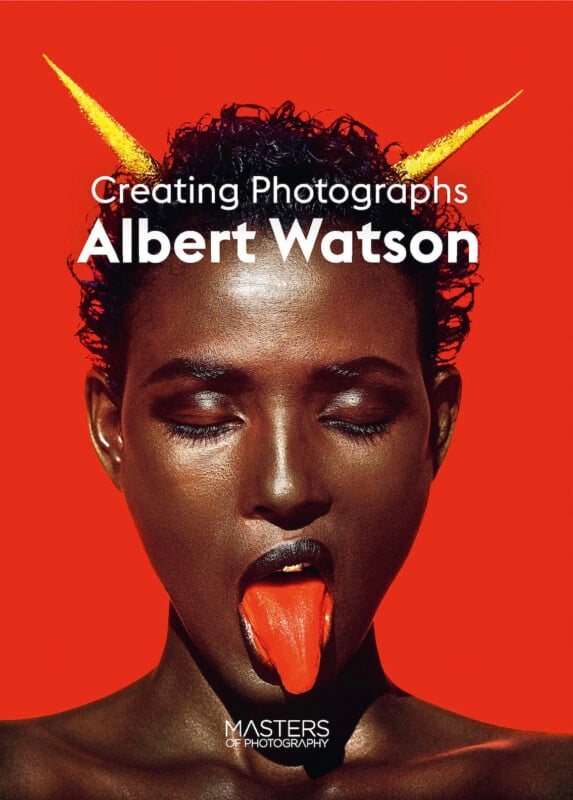Albert Watson: Legendary Photographer of Fashion and Celebrity
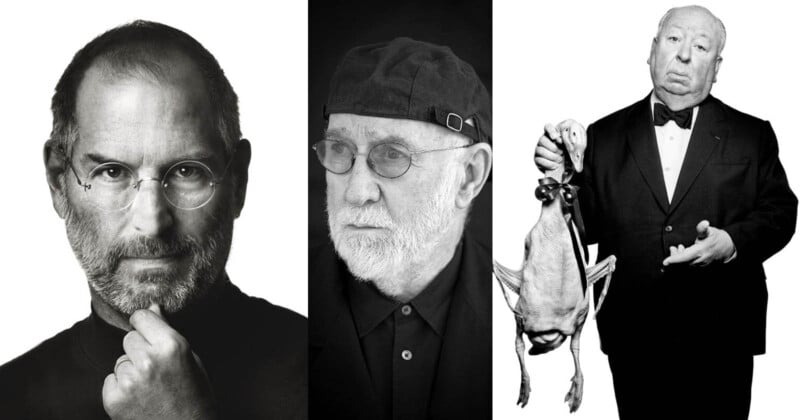
Albert Watson is a fashion, celebrity, and art photographer with over 100 Vogue covers and iconic images of celebrities and champions of business captured for over five decades. His subjects have included Mick Jagger, Steve Jobs, Jack Nicholson, Kate Moss, Christy Turlington, David Bowie, Tupac Shakur, and Andy Warhol.
Photographing Steve Jobs on Film
The iconic Steve Jobs portrait with his thumb on the chin, which was used in his biography and by Apple when he passed away, was shot by Watson in 2006.

“There are some things that you have to be quite strong about — how you’re going to take the picture,” Watson tells PetaPixel. “One of the first things was that he would arrive at nine o’clock, and the people at Cupertino at Apple, where I did the picture, said, ‘Okay, we can give you the conference room at 8.30.’
“I said, ‘If you give me 30 minutes before, I’m not doing the shooting. I need to be there at 6.30 am’ [which] they didn’t understand. I said, ‘This has all to do not with me but with Steve Jobs. I want to be as efficient, organized, and prepared for him so that when he walks in, I am 95-96-97[%] ready for him so he is immediately available to the camera, and I’m not working on lighting for half an hour with him.’
“I insisted on the time, and we arrived there at 6.30 am. I checked everything because you often check things like electricity to ensure it is working, and [when] you plug two lights into the one circuit and hit the flash three times, the circuit blows.
“It’s hard to ensure that you prepare the whole set to ensure nothing within reason can go wrong. We were totally prepared and at five to nine the PR guy came and said to me ‘Thank you for being here…Steve hates photographers, he hates having his picture taken, really he doesn’t like the experience at all, and today he’s not in the best of moods.’
“So, I told the PR guy there’s nothing I can do about that if Steve Jobs is like this. I’m here to photograph him. But in those five minutes I spoke, I suddenly got an idea, and when Steve arrived, I said to him, ‘I have good news for you…I only need you for 30 minutes, not one hour.’
“He smiled and said, ‘Fantastic, I’m so busy. Is that enough time?’ I said ‘Yes,’ and he got onto the set. But then he was astonished that I was still shooting film because I had a 4×5 camera.
“He said, ‘You’re still shooting film? I said, ‘Because I don’t think digital is quite perfect yet,’ and he pointed his finger at me and said, ‘I agree with you…but we will get there, you know, and soon digital will have better quality than film.’
“I worked very quickly. I knew exactly what I would do, a change of lens, and so on, and the shooting went very smoothly. He was in a good mood, and at 9.30, I did a few situations with him close-up. The direction I gave him for the close-up was very simple, as I had it planned.
“I said, ‘Just imagine you are across the table from a lot of people who disagree with you, but [you know] you’re right.’ He said, ‘Well, that’s very easy for me because I do that every day. People are always disagreeing with me. I can do that.’
“He had a very strong, determined look on his face, and because of the time thing, I think, he was happy. We finished just after 9.30, and as he left, he saw the Polaroid I had taken on the 4×5 camera. He said, ‘That’s maybe the best picture ever of me,’ [and requested the print].
“I thought he was just being nice and polite because I finished the shooting quickly. But a few years later, when he died, Apple requested that image of him and said that the Polaroid had always been on his desk. They used that as his memorial shot, which was later on the book’s cover.”
The Polaroid that Steve Jobs saw wasn’t exactly the same expression captured on the film but had the “same intensity.”
Watson had two assistants, one on the lens and one feeding him the film, as he operated the Horseman 4×5 with a reflex viewer (so that you don’t see the subject upside down). He was continually checking the sharpness of the Polaroids (Fujifilm) with a magnifying glass. Watson shot 18-20 plates lit by Profoto strobes in half an hour.
A ‘Collaborative Shoot’ with Alfred Hitchcock
Another iconic image by Watson is of Alfred Hitchcock, the legendary film director and master of suspense, holding a goose as though he had killed it. This was Watson’s first shoot in 1973 with somebody famous, and it jump-started his career.
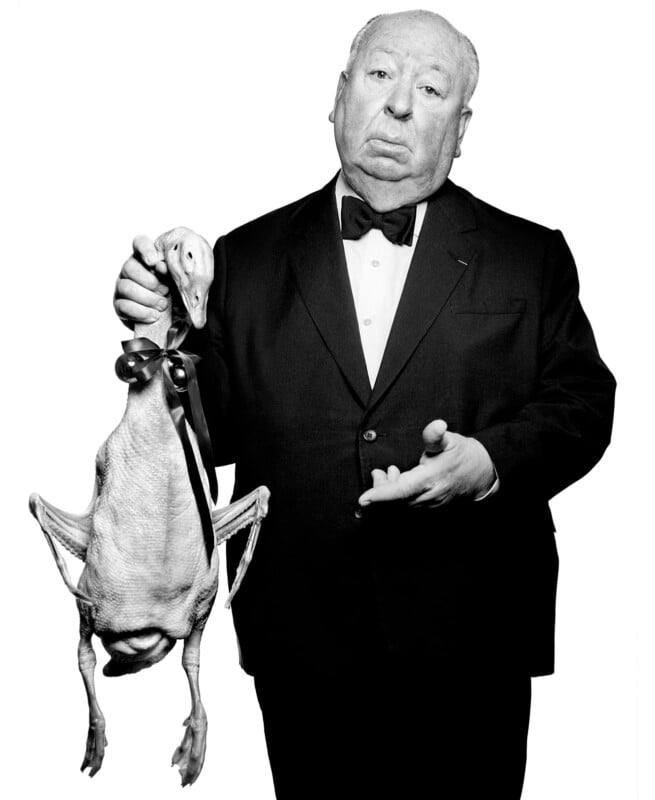
“It was nice for me to have Hitchcock as a subject because I was just out of film school, and I was very excited to do the project as this was a very nice commission,” admits the master. “Initially, they wanted Hitchcock, a gourmet chef, to hold the cooked goose on a plate, and I said it was better to hold the goose [by the neck] before cooking as though he strangled the goose.
“I said it would seem to be more Hitchcock, and they [Harper’s Bazaar] loved that idea. I put Christmas decorations on the goose’s neck for the December issue.
“He was fantastic to photograph. It was like photographing a very good model/actor. He contributed a lot to the shoot, and he enjoyed it. I remember it quite well.
“He contributed his awareness of the interaction between him and the goose. He turned the head of the goose, so he looked at the goose sometimes, [and at other times] the goose is looking at the camera. He manipulated the goose and acted with it. When he had the goose by the neck, he pretended to cry because he had killed the goose.
“The image was shot on two cameras. A Nikon F on Kodachrome and a Hasselblad with Kodak Tri-X 400 ISO for the Black & Whites.
Mick Jagger and a Leopard Riding in a Corvette
“It was a real leopard,” says Watson of the famous photo of the lead vocalist and founding member of the Rolling Stones in a 1959 Chevy Corvette with the wild feline. “If you’re photographing wild cats, a cheetah is much easier to work with than a leopard. A leopard is one step closer to a wild animal and is unpredictable.
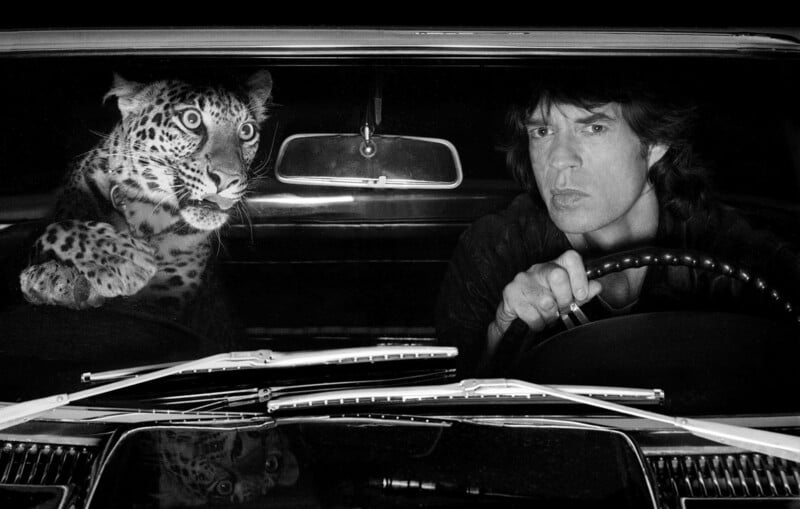
“It’s before digital. I could have done that shot in five minutes with digital and Photoshop. You put the leopard in the car, then you put Mick Jagger in the car, and you simply just splice them together as one shot, but back then, of course, we were shooting on film, and a Hasselblad and we were not planning on doing retouching like that.
“You wanted to get it in one image, so what I did was I put a partition [of plexiglass] between Mick Jagger and the leopard, and I knew that it was a double page so that the gutter of the magazine would hide the partition.
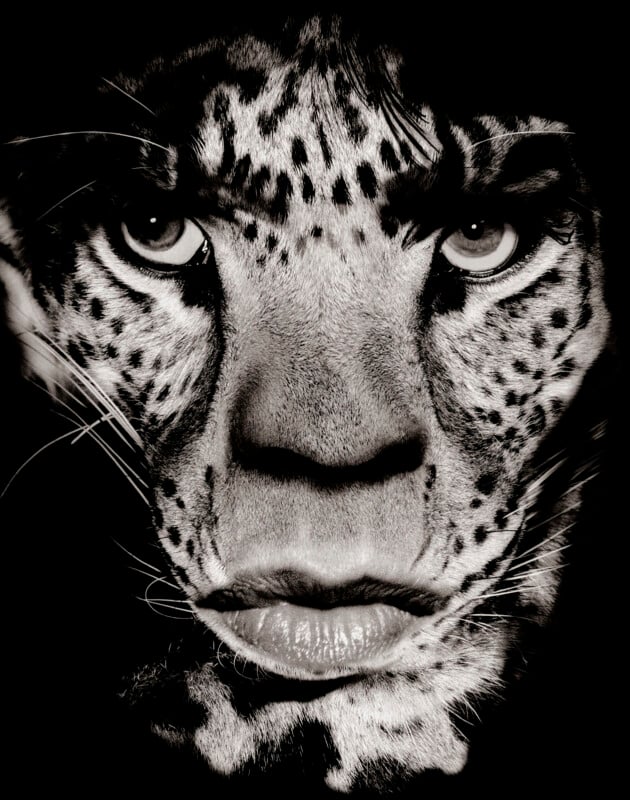
“The portrait of him as a leopard is a double exposure. While this [the above in the car] shot was being prepared, I did another photo: a picture of a leopard and a portrait of him that was a double exposure in the camera.
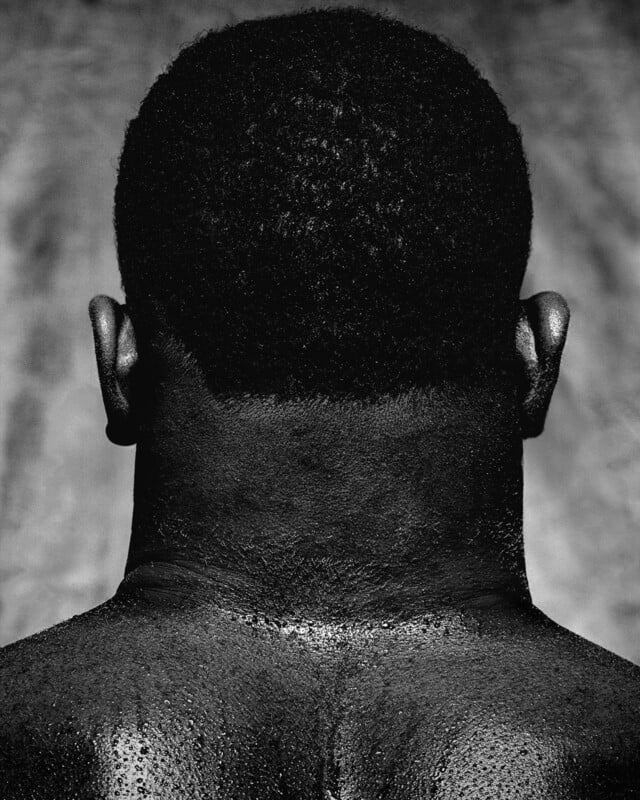
“My father, who was a boxer, always said that a lot of the strength of a boxer is in the power of his neck,” remembers Watson. “How he can take a punch, and therefore one of the things I had planned to do was to photograph Mike Tyson’s neck from the back.”
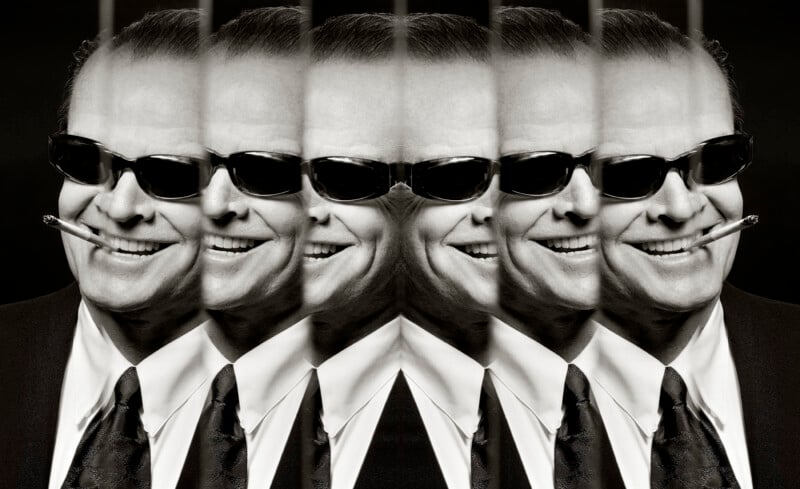
Watson likes photographing Jack Nicholson.
“Nicholson always thought it was funny that somebody wanted to photograph him. He realized early on that if you give the photographer some attitude, like laughing, smirking, or doing something for the photographer with energy and you throw that at the photographer quickly. The shooting goes very quickly and is over.
“I’ve done shootings with him where I’ve got a perfect shot in five minutes because he helps you the whole time.”
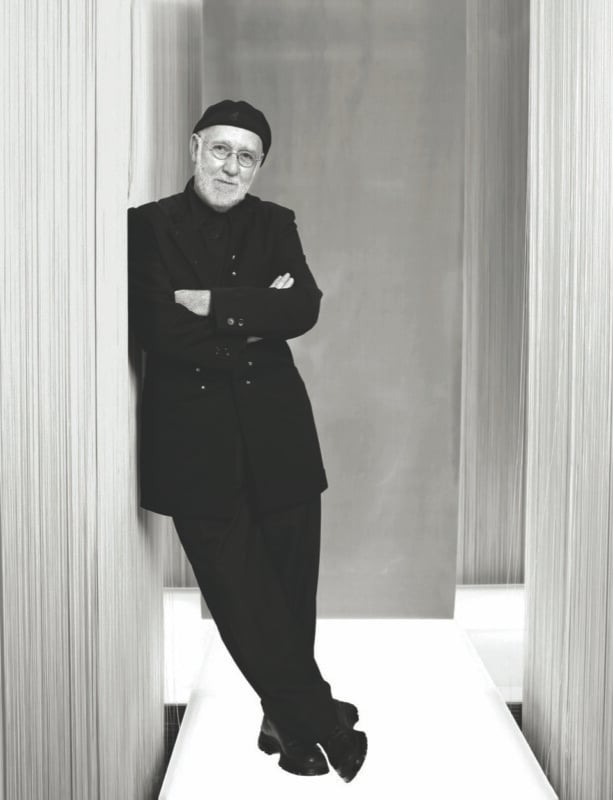
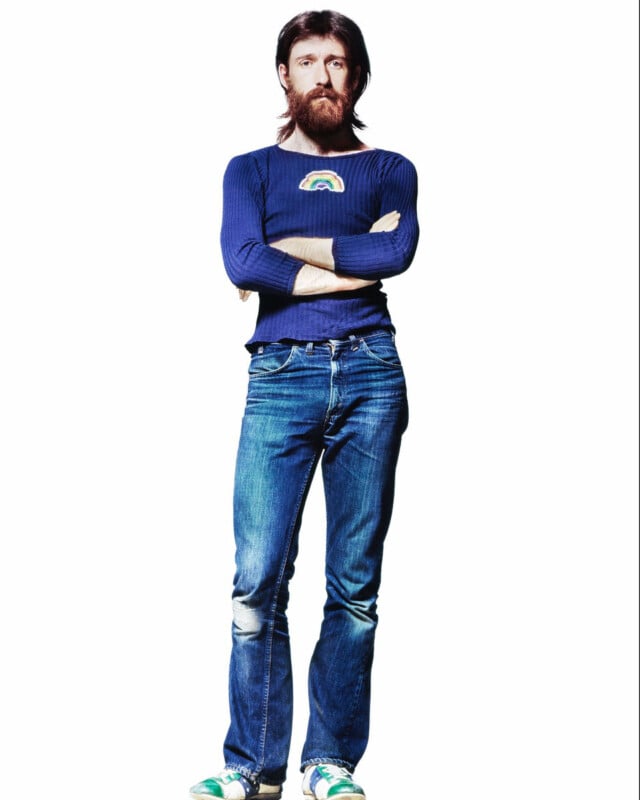
Watson’s images have graced over 100 Vogue covers and 40-50 on Rolling Stone.

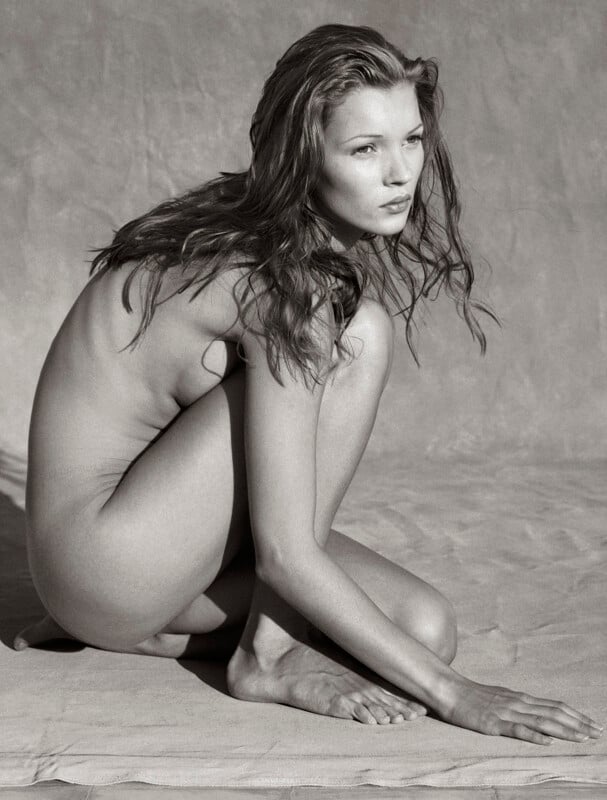
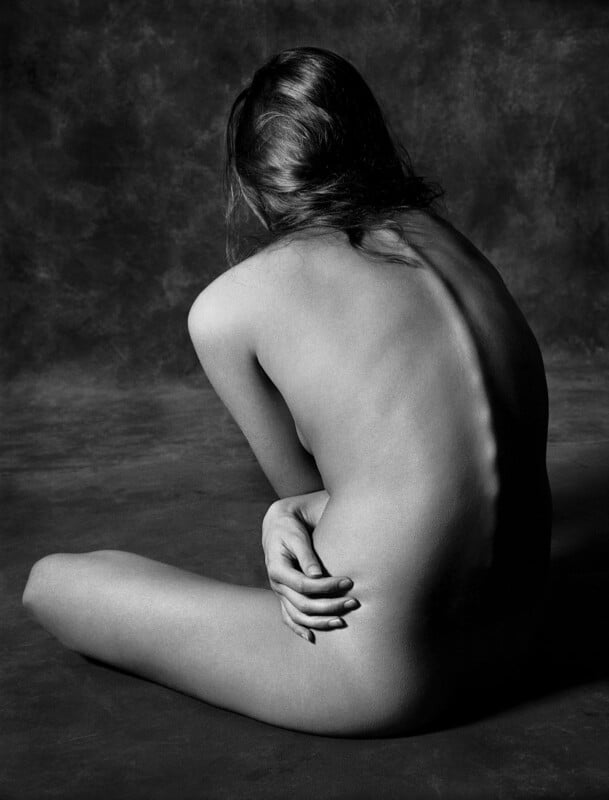
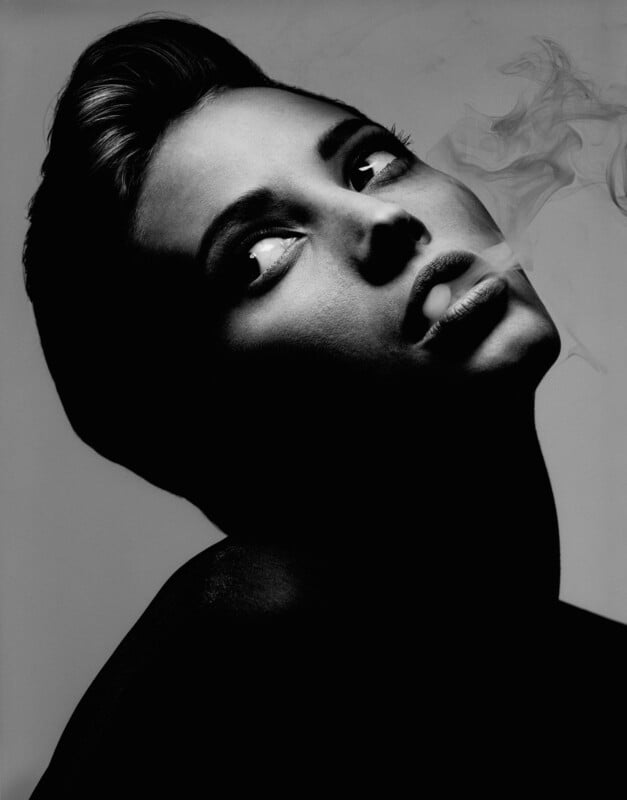
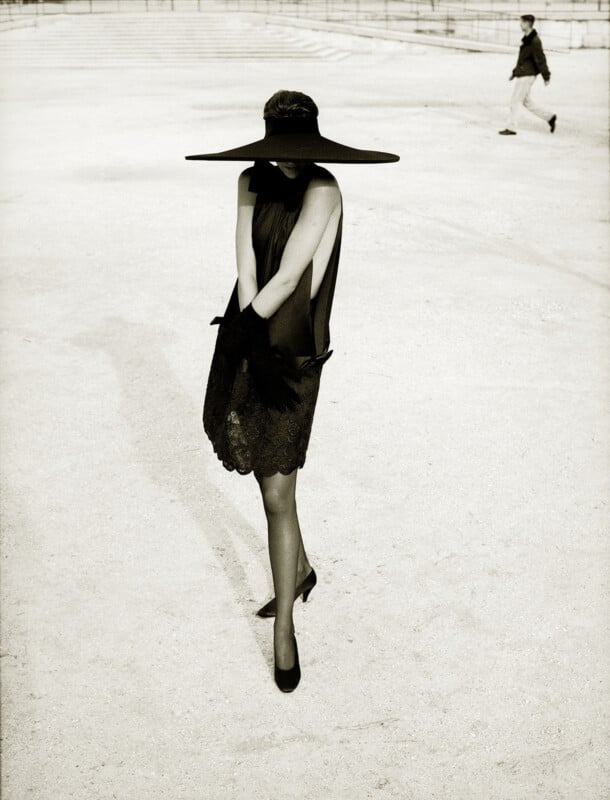
“I think power graphics are important, and you’re always looking for a high memorability picture,” advises Watson. “That it has something attractive and striking about it. A good magazine cover, in the past, is less and less now; but a good test is when you see it in a newsagent’s window, and you go across to the other side of the street, and you can still see the cover.
Shooting Movie Posters
Watson has shot several movie posters, including Kill Bill, Memoirs of a Geisha and The Da Vinci Code.
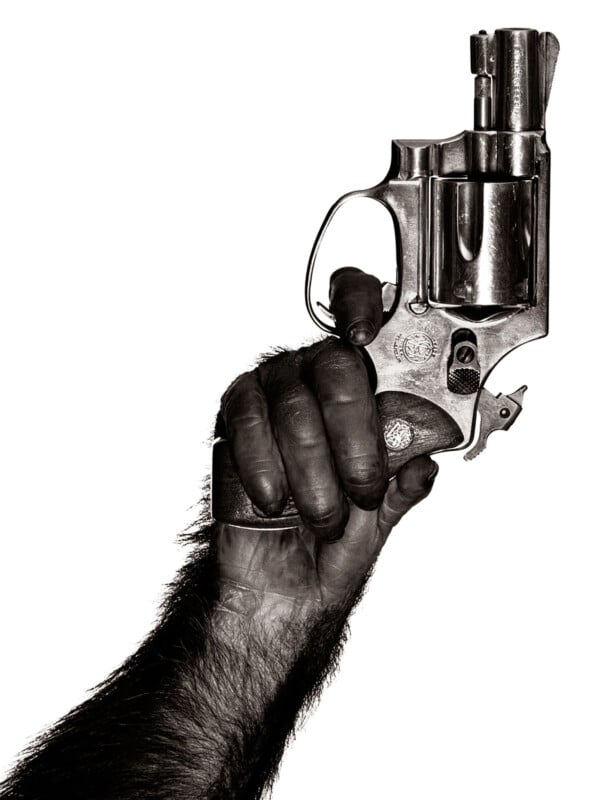
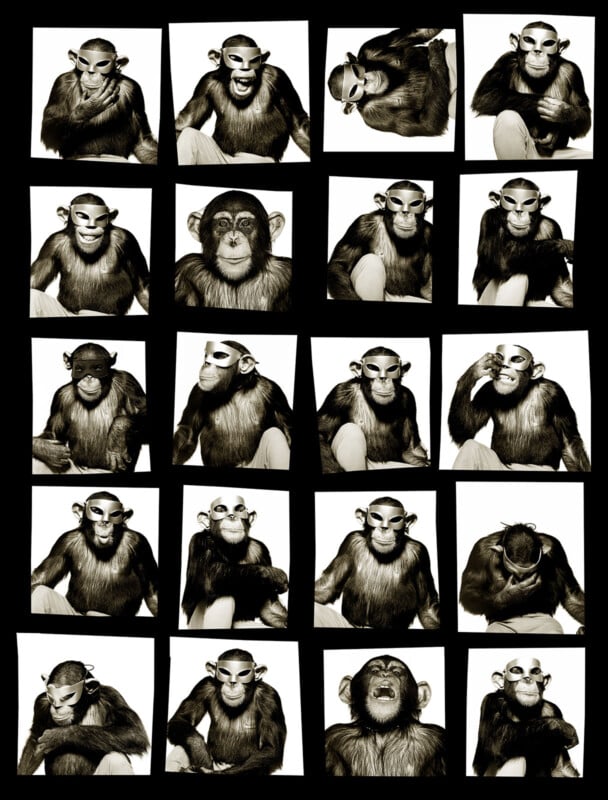
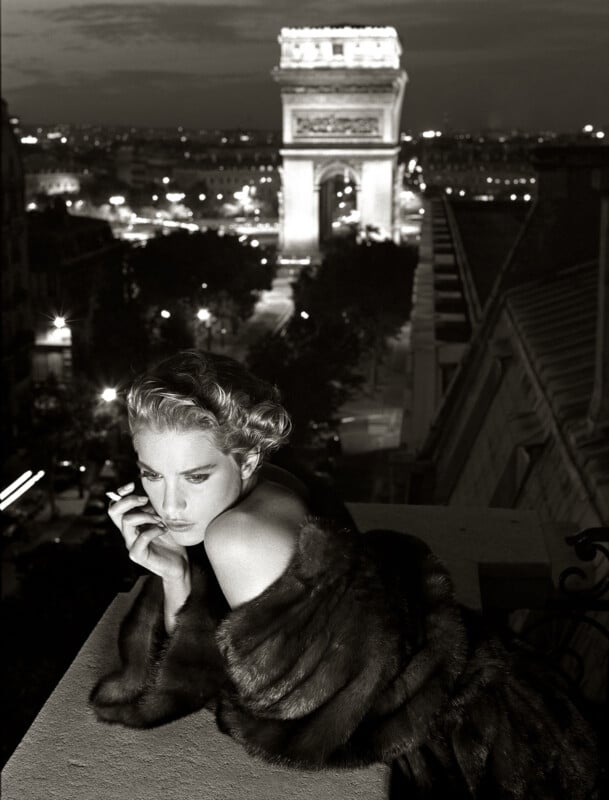
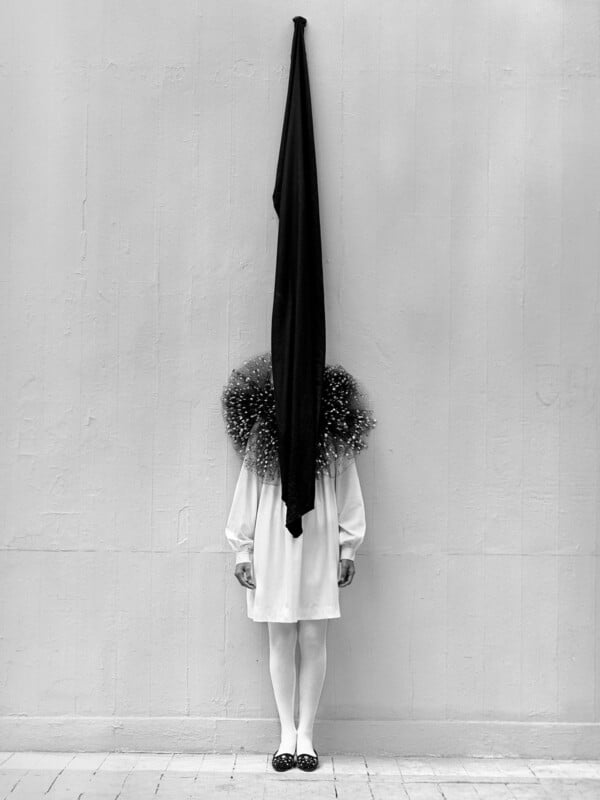
“I did a movie poster with fellow Scot, Sir Sean Connery, for a movie called The League of Extraordinary Gentlemen,” says Watson. “It was a lovely meeting. I was very happy to meet him, and he was super nice.
“It’s tighter. It’s much closer to graphics like they’re obsessed with graphics that it has graphic and stopping power, and then they need strong imagery. They need a strong image, simple, you know, but direct and powerful.
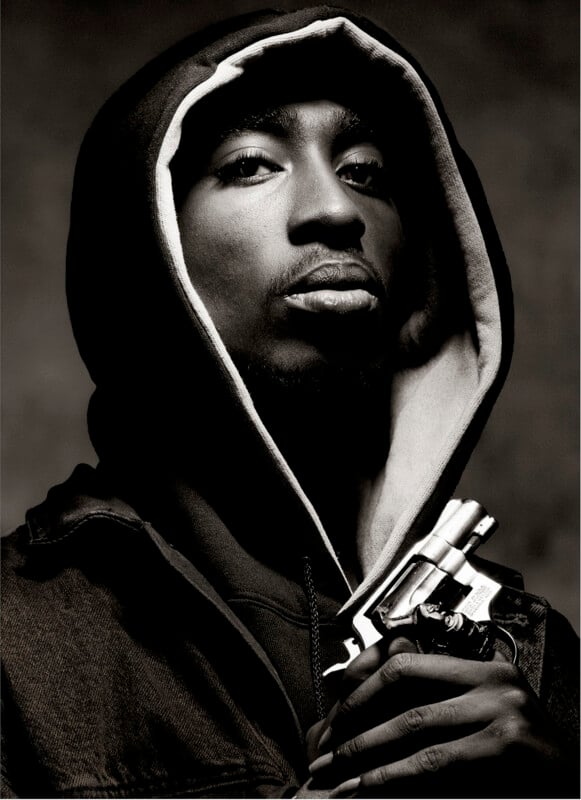

Chuck Berry Was Unhelpful
Watson has photographed famous people in all fields, but one shoot with Chuck Berry, the singer, guitarist, and songwriter who pioneered rock and roll, did not go well.
“One difficult shooting was the musician Chuck Berry,” remembers Watson. “I went down to New Orleans to photograph him for Rolling Stone for an important Heroes of Rock and Roll issue. He was difficult and didn’t want to be photographed.
“I said, ‘I’m very quick,’ so he said, ‘Okay.’ I took a Polaroid, one Polaroid, when he got up to leave, and I said wait a minute, I don’t have anything on film. And he said, “What, you need another shot?” I did three frames on a Hasselblad, and he got up and left. So, I had one Polaroid and four frames.
Watson never photographed him again.
“No, no, I wouldn’t [photograph him again],” says Watson. “I refuse. He was a jerk. He was awful. I mean, he was rude. I don’t accept that, I don’t accept rudeness, especially when they know that somebody was photographing them, and it was for Rolling Stone. It was good for him.”
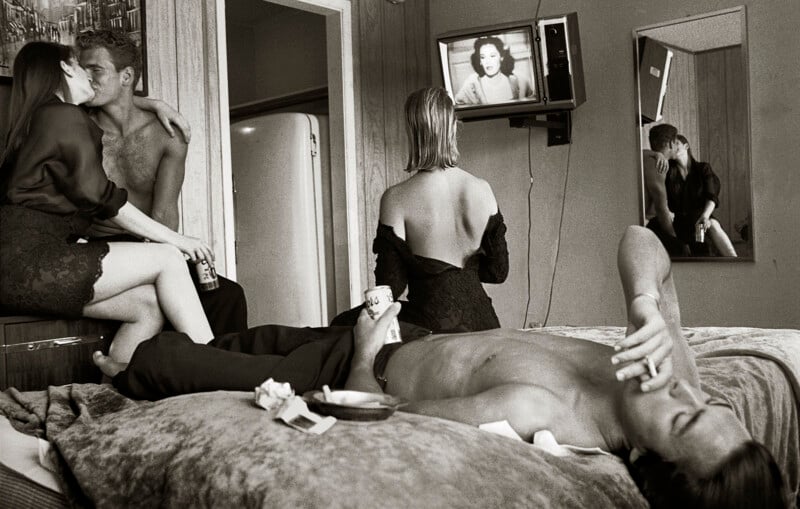
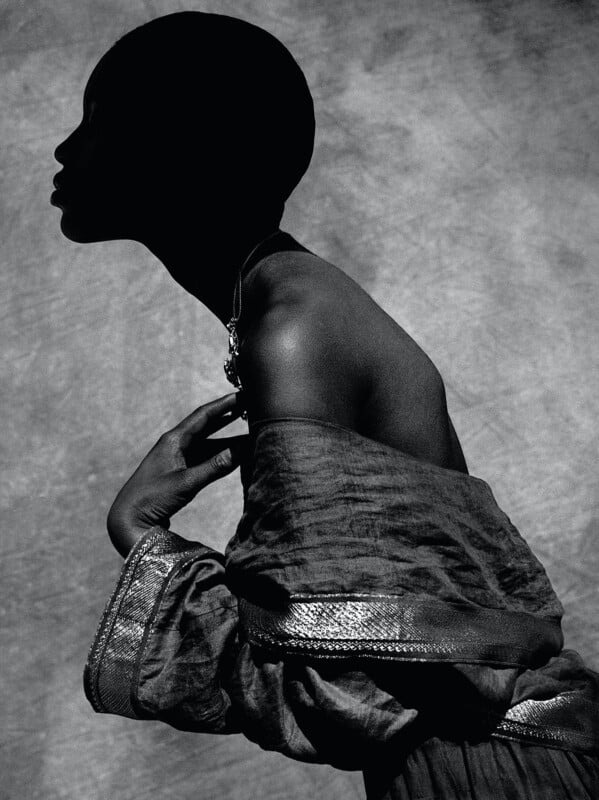
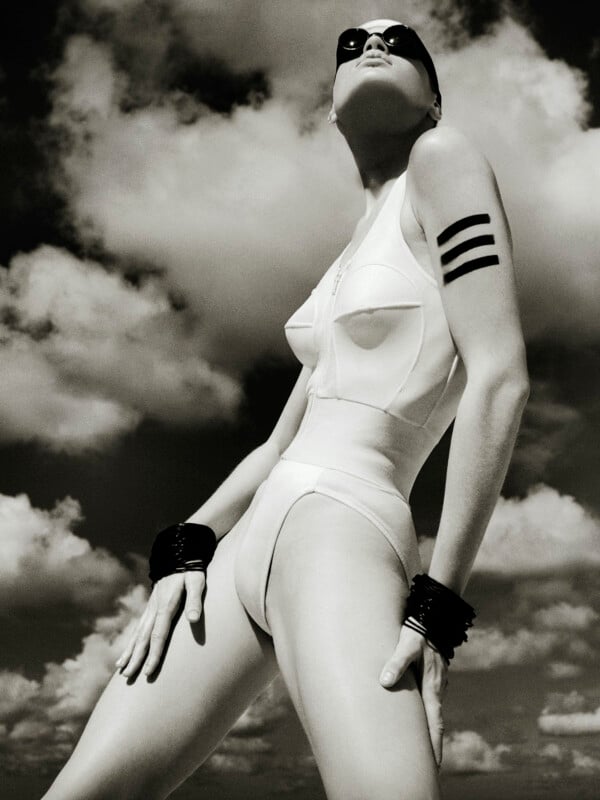

The Makeup Malfunction with Nicole Kidman
Watson also recalls a “makeup malfunction” incident when photographing actress Nicole Kidman.
“This was when Nicole [Kidman] first started. She was very young and had done a movie called Dead Calm which was all on the sea. It was shot on a yacht as a thriller.
“I had the idea of doing makeup and taking a water spritzer and spraying the face, so the makeup runs [a little]. It was my fault that the makeup was too heavy [as he did not instruct the makeup artist]. There was too much makeup on with too much eye shadow. You could almost have done the shot when she arrived, just with mascara on the lashes and almost nothing else. You didn’t need lips; you didn’t need anything, and then the spritzer so that it ran, and then you had the natural skin, not a makeup job on the face.
“Therefore, when we applied water to such heavy makeup, it didn’t look good. It was not correct for this story, and then it was a kind of a disaster, but in later years, I worked with her, and we laughed about it.
“Sometimes things like that happen and are painful, but the one thing you make sure is that it doesn’t happen again.”
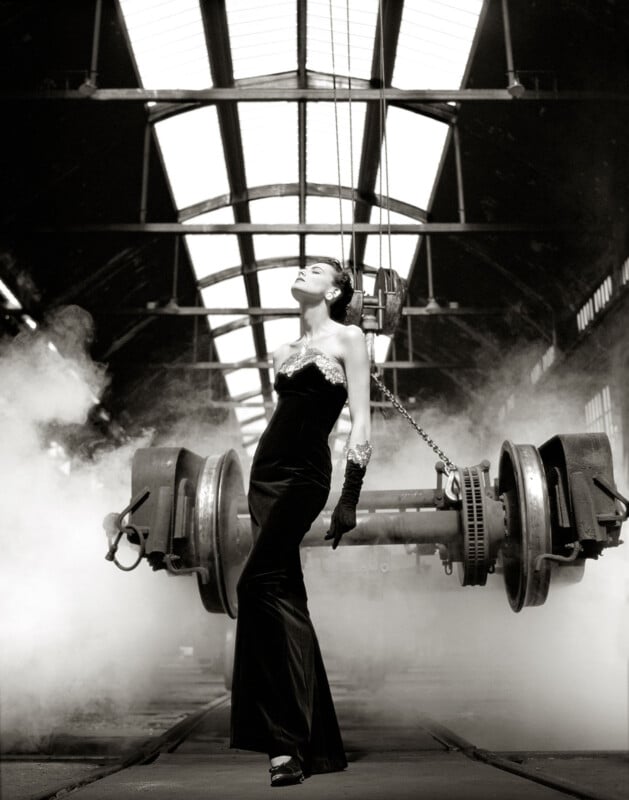

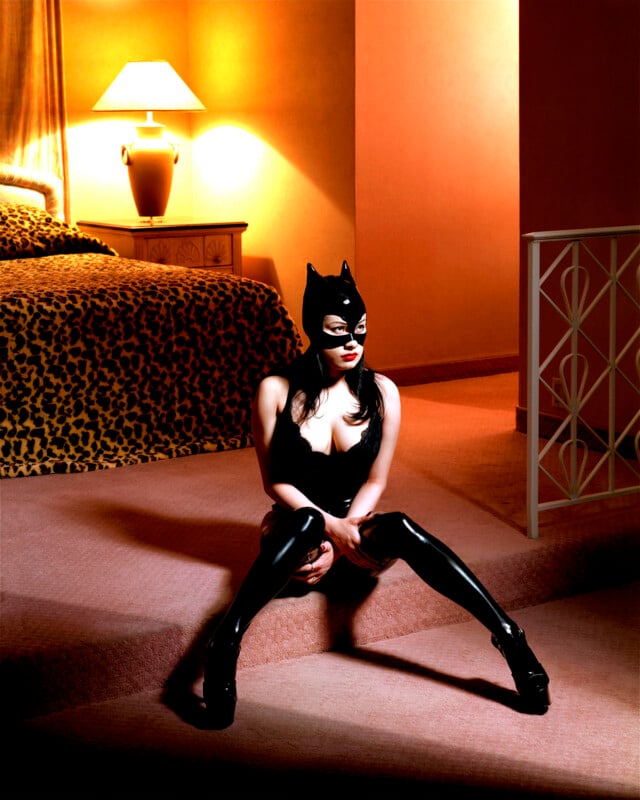
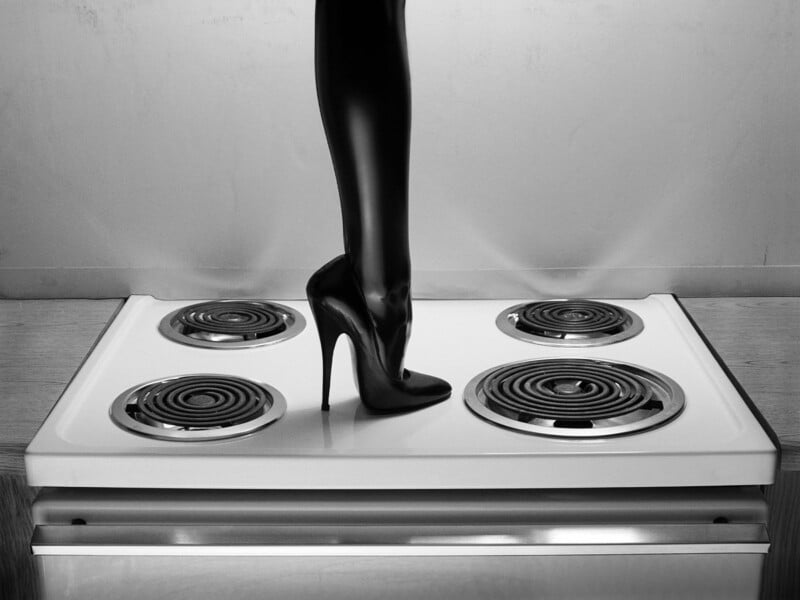
Black & White or Color
Watson says he does not have a preference for black & white or color photography, and he has utilized both extensively throughout his career.
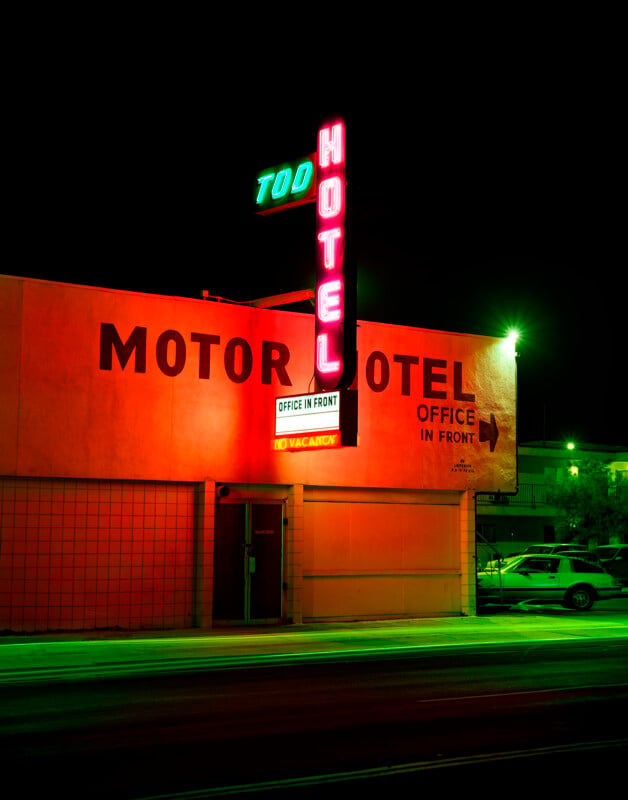
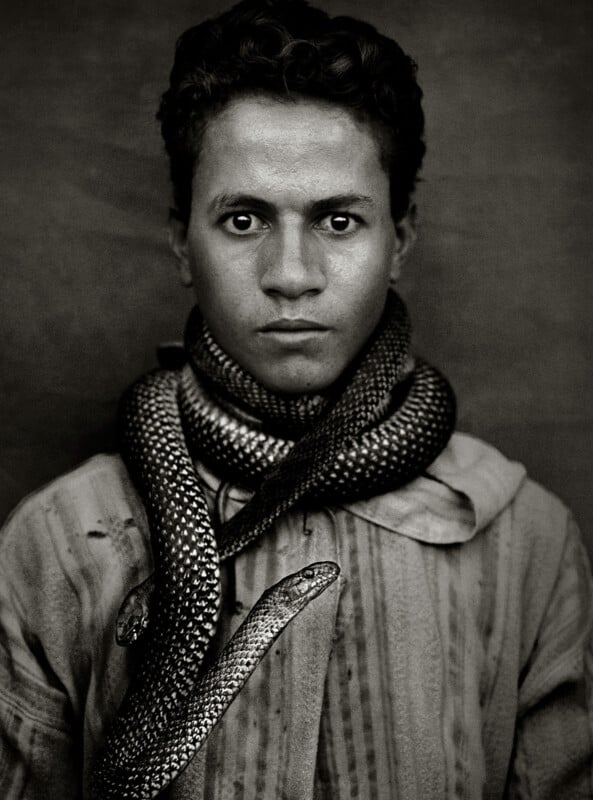
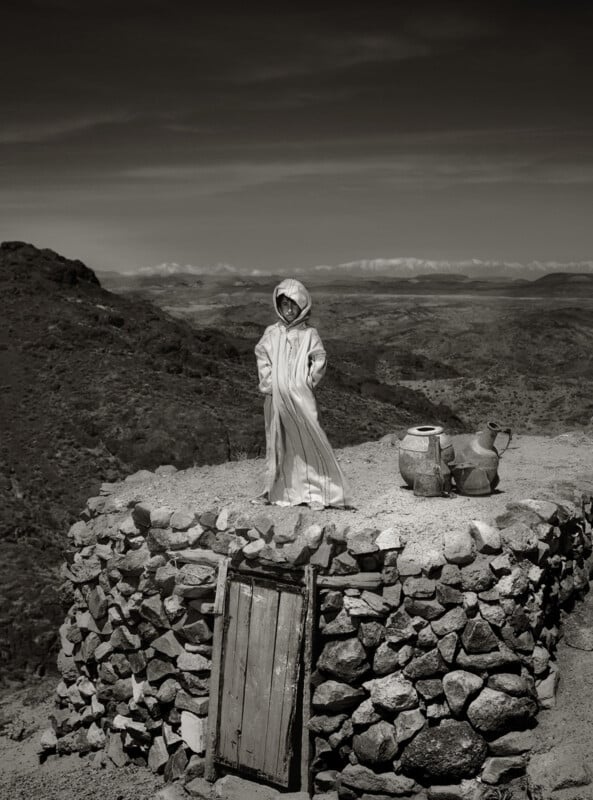


“I like both,” he says candidly. “And I have to give you a very obvious analogy. Sometimes it’s very nice to have an orange, and other times it’s very nice to eat an apple.
“At the college in Dundee, they wanted to teach you dark room, and prints were a very important thing in my life. So, to this day, we are in-house with prints. We never send prints out, which is not very common.
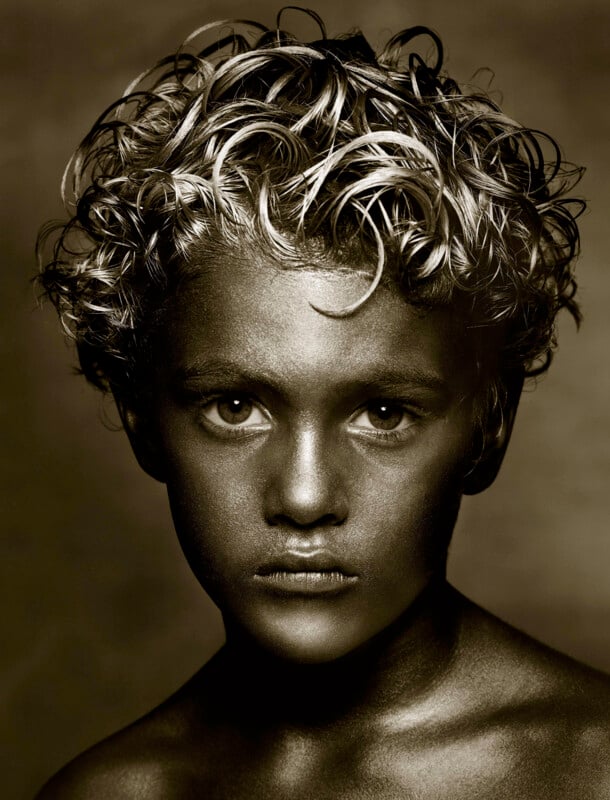
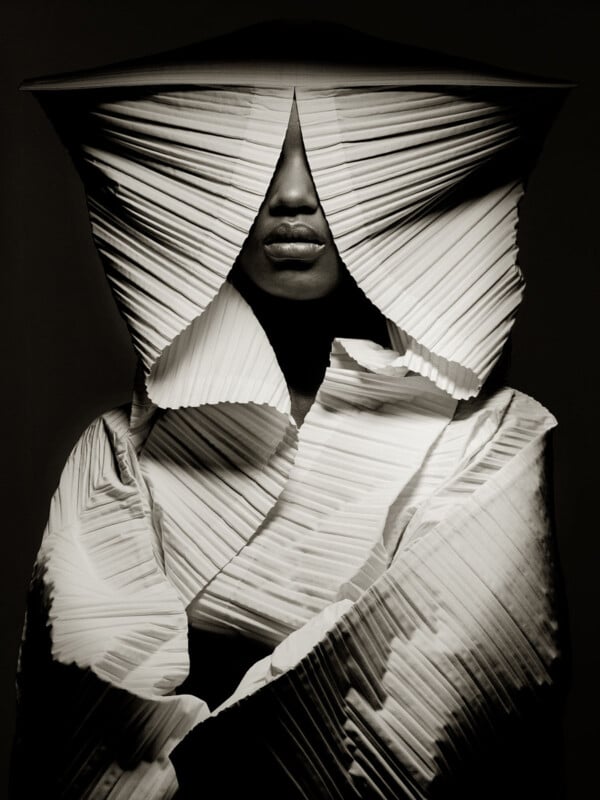
“If you know darkroom [work], you can enter the darkroom in the morning. Maybe you haven’t had a cup of coffee, yet you go into the dark room in the morning. Perhaps a good exposure on a piece of silver paper is 30 seconds. Maybe you make a mistake as it’s early in the morning, and you give it an exposure of one minute. In other words, one stop too much, 30 seconds too much.
“It goes into the developer. We always had the philosophy that even if a print came up too quickly with too much exposure, you always fully develop the piece of paper for three and a half to four minutes. Even if you know you made a mistake because then you take the print through acetic acid and into a wash, and then you put the print, which maybe is too dark on a board…there is a mystery about this print.
“I can reveal certain aspects of this print to make it acceptable, but I’m gonna hold on to the one-minute exposure in parts of the print, and I will lift it, so yes, it’s dark, but it has a beauty to its richness, a strangeness and a certain kind of romance maybe even about it. No decision like that can ever be made by a printer [in a remote lab].
Watson has studied the Zone System of Ansel Adams [a photographic technique for determining optimal film exposure and development, created by Ansel Adams and Fred Archer] but does not think highly of it.
“I looked at the Zone System and studied it. I think that I wasn’t a big fan of a lot of Ansel Adams’ printing. I’m not saying it wasn’t good. I didn’t like it. It sometimes, for me, lacked emotion, and with Ansel Adams, some of the landscapes lacked emotion.
“His most famous photograph may be in Yosemite but more likely Moonrise Over Hernandez, New Mexico (1941), a truly emotional image that’s beautifully printed. He was at the right time with that camera. It’s a perfect January, February in New Mexico, Arizona desert. Southwest light in the morning, and therefore the print for me was his best image and print. Many other prints were good but not emotional enough for me.
What is an Emotional Landscape?
“When I went to do the Skye [Island in Scotland] project, I had a book of paintings by Degas [French Impressionist]. He could paint that hill and make it layered with emotions, color, surprise, and beauty.
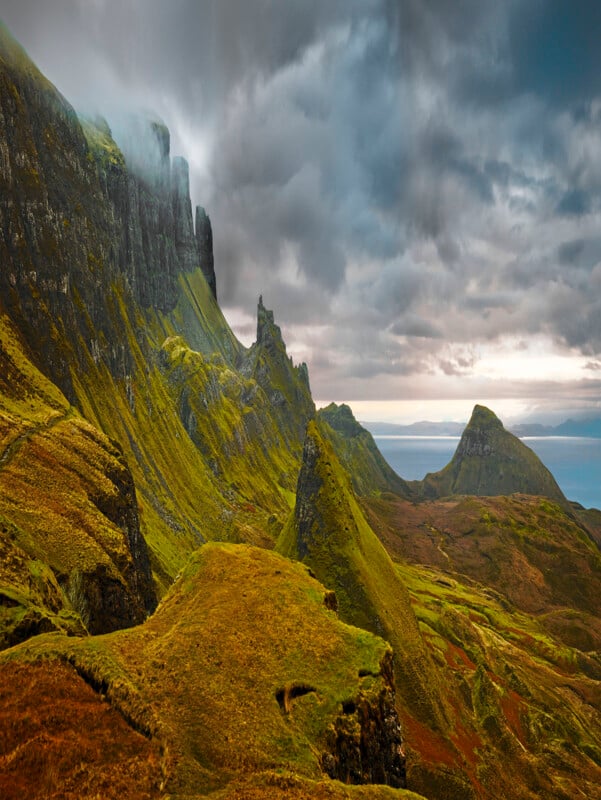
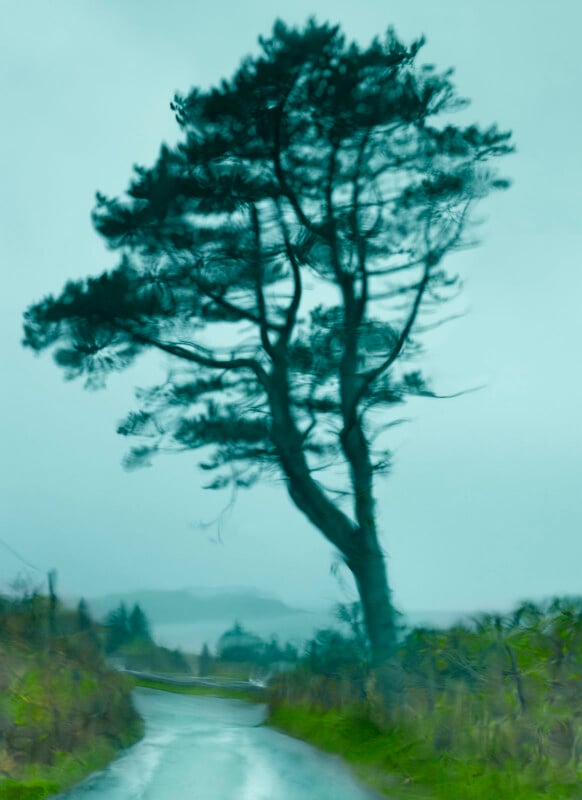
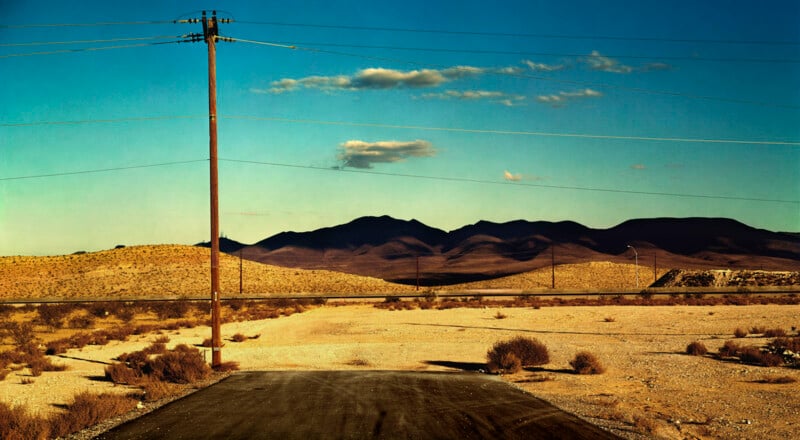
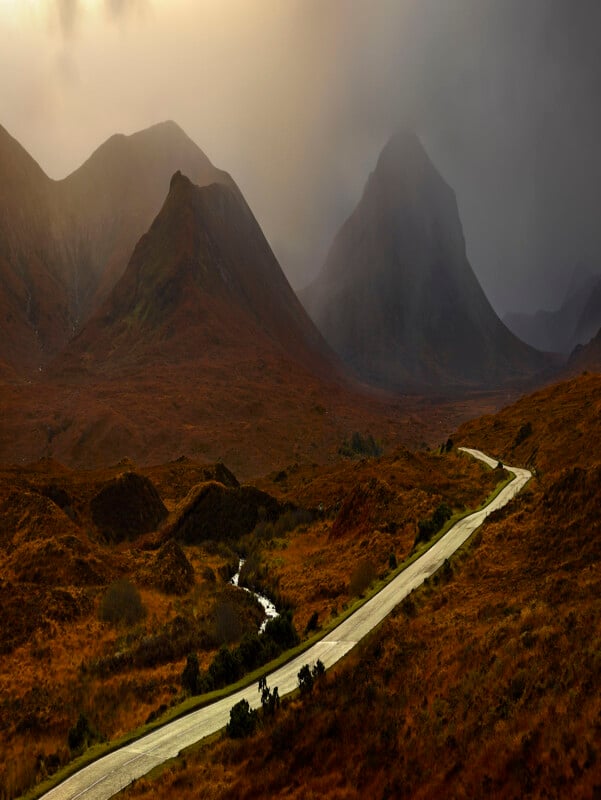
“Now [let’s say] I stood exactly behind him and took a picture while he painted the landscape. If I showed you that picture, you would say, well, that’s boring. Right?
“So sometimes photographers counteract that by going to dramatic landscapes –Yosemite or Iceland where exploding geysers come out of the ground with steam and snow. They go to violent areas in Oklahoma when there are tornadoes and dark skies. I once tried to shoot landscapes where I could always put the emotions a painter can do. I started the project, and sometimes I was a little bit successful and happy, but at other times it was very difficult.
“I also found that the computer gave me more creativity in handling landscapes. It gave me more possibilities for manipulating the image in the same way that painters manipulate an image.
“If Monet [French impressionist painter] paints a haystack and paints it blue, somebody standing behind him could tap him on the shoulder and say, Mr. Monet, that Haystack is not quite as blue as you’ve done it, so I’m afraid you made a mistake. But of course, we know that doesn’t happen.
“The computer is a great device, but you must handle it carefully. It may dominate your image and make it cheap looking and digital. I’m very lucky because I’m an analog photographer working in digital, so I have a slight advantage in how I look at the images.”
Educating the Impatient New Generation
Watson loves to inform and educate budding photographers. He has created a Master Class and published a book Albert Watson: Creating Photographs (Masters of Photography), where he provides nuggets of advice and behind the scenes on his iconic images.
“A lot of times young photographers will ask, ‘How did you do it?’ and the book provides a hint, a suggestion, along with some stories of how I do what I do. If they learn something from it, then that’s another thing.
“Early on, when I started, I did not know that my picture of Sean Connery would end up in the National Gallery of Scotland in its collection, nor did I think I would have a show at the Museum of Modern Art in Seoul Korea which is running at the moment.
“I did mention in the book the idea of a ladder to approaching your career…being on a ladder, try not to think that there are 20 steps in the ladder. Try not to think about step number 20.
“Try to think of step number two if you’re on number one, so when you get to number two, then think about whether it is possible that you could reach step number three and so on.
“A lot of people want to start photography in 2001, and by the end of 2002, they want to be very famous. It’s the nature of a lot of young people these days to have difficulty with time. They want things to happen immediately. Sometimes I meet a young photographer, and they say, “I looked at some of your pictures, Albert, and it’s going to take me a couple of years to do pictures like that. I say, ‘Maybe you can, and you can try, and you can hope to do pictures like that in two years. And if you do, I would be very impressed because it took me a lot longer to do pictures like that.’
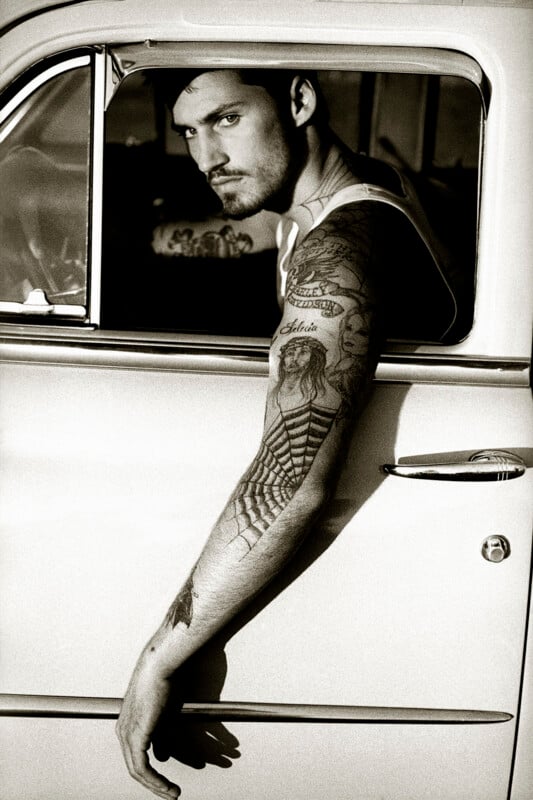
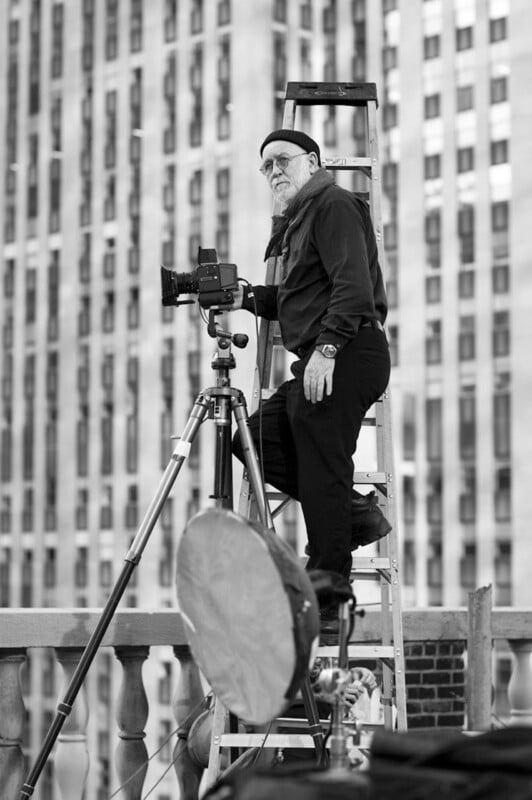
Preparing to be a Photographer
As a budding image-maker, Watson is a huge film fan and trained his eye by watching classic movies like Citizen Kane and Bicycle Thieves. Today’s photographers may pick up the latest and greatest digital camera and start shooting right away.
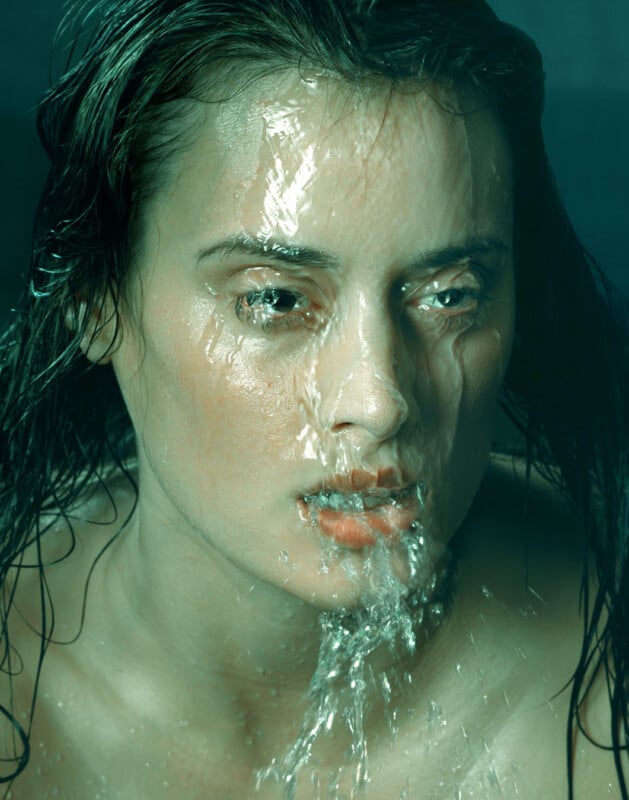

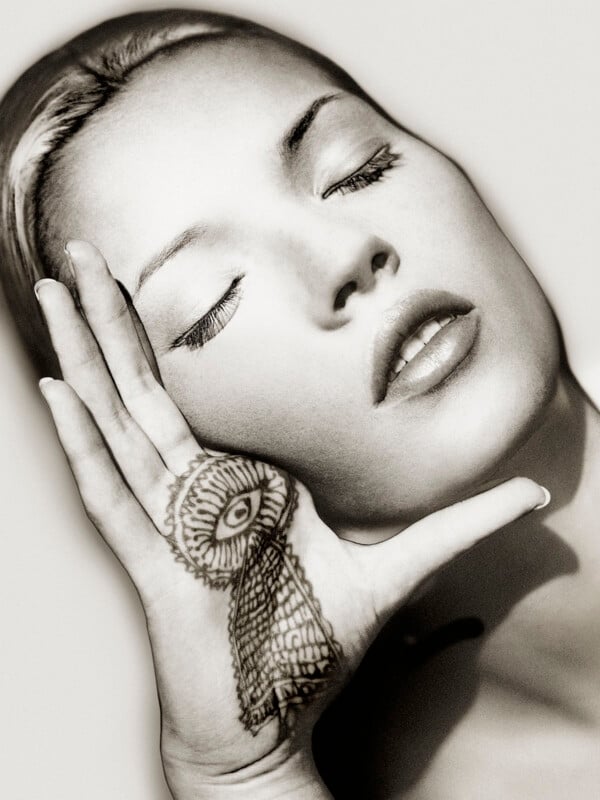
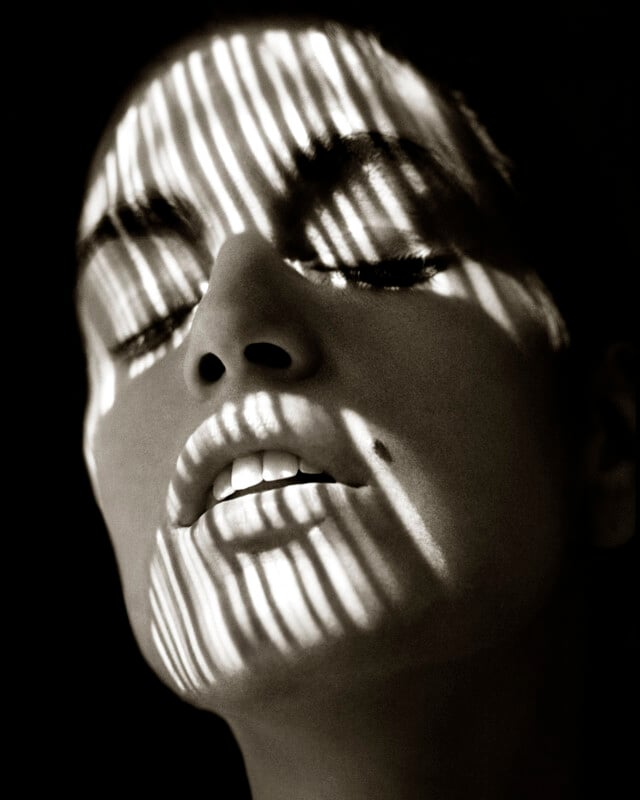
“Sometimes the photographer picks up a camera and starts shooting,” says Watson. “Sometimes the pictures can have a naivete and simplicity. There’s a lot of philosophy nowadays that people like very simple photos. They like the idea that they did the picture with their iPhones.
“I’m surprised by some of the pictures nowadays, their quality and sometimes the lack of quality. Sometimes the simplicity of the photograph can be pretty nice, but I often have issues with the quality, lack of preparation, and lack of ideas.
“With a lot of photographers from our generation, there was this idea that one day the picture you take goes into a magazine, then later maybe it goes into a book, perhaps a coffee table book, then maybe one day the same image goes into a gallery wall, and somebody might buy it. And even the best, it can be in a museum show. So, when you were working in the fashion business, you sometimes hoped the photograph would take this journey.
“Now, a lot of the people working in fashion only think about the immediacy of the image. They don’t think about any journey to a gallery or a museum. They just think about the journey into Instagram and if it works. On Instagram, you’ll see a very ordinary image, and then you read the comments which are ‘fabulous, amazing, amazingly great, phenomenal,’ you know, and lots of hearts, 20 hearts, and yet the image to me looks like nothing. It looks ordinary, but to the young masses, something connects.”
Watson has been active as a photographer for 55 years and has no idea of how many images are in his archive.
“We never counted, but with negatives, there are about 128 huge filing cabinets. Each one houses thousands of negatives. There are archivally finished prints of 16×20 going back to 1972, 73, and 74.
“I shot both negatives and slides. I prefer negatives, but magazines often chose slides as they’d put them in a projector and view them.
“Earlier, a magazine would edit the work you would send them. Maybe you take a hundred pictures, send them 15, and they select what they want. Even 120 slides they would project and see, but sometimes they did that on a lightbox. And then eventually, I shifted over to 4×5, so therefore, obviously, it was on a lightbox.
“All the archives are sitting in the studio and storage under temperature control because the low temperature here would be 65 and the high temperature 78.”
Getting Into Photography
When Watson got into art college, he studied painting, drawing, graphic design, textile design, and some sculpture and pottery in the first two years. He then specialized for two years in graphic design. He was fortunate because, for the first time at his college, graphic design students could study photography one day a week.
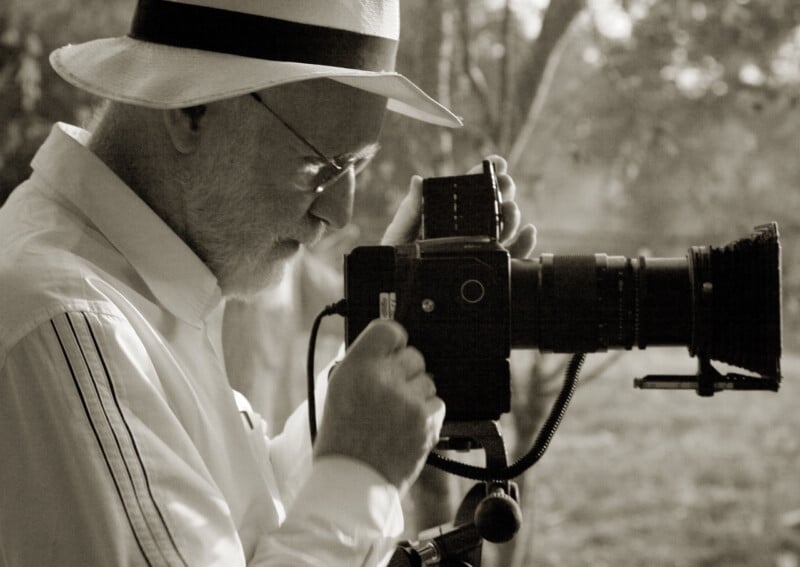
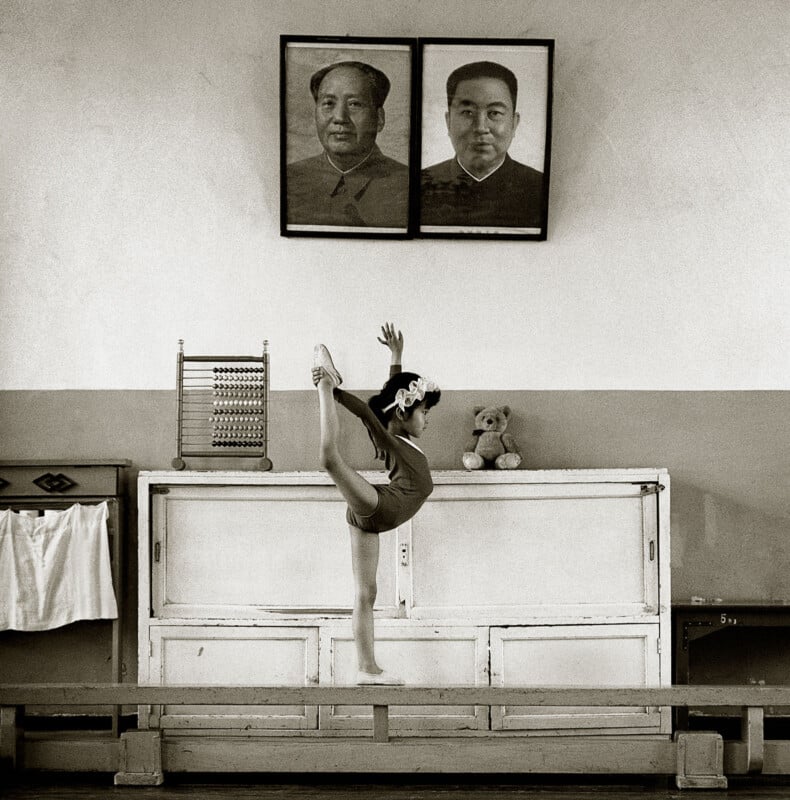
“The minute I got involved with that class, I became obsessed with the camera, taking pictures, and being a photographer,” says Watson. “So, I finished my qualifications at Duncan of Jordanstone College of Art and Design in Dundee University, Scotland, and then got into the Royal College of Art Film School. I was there for three years to do a master’s degree. So, by the time [I graduated], I became a combination of graphic design, photography, and film mixed together.
On his 21st birthday, Watson received a Fujimatic 35mm camera from his wife, Elizabeth.
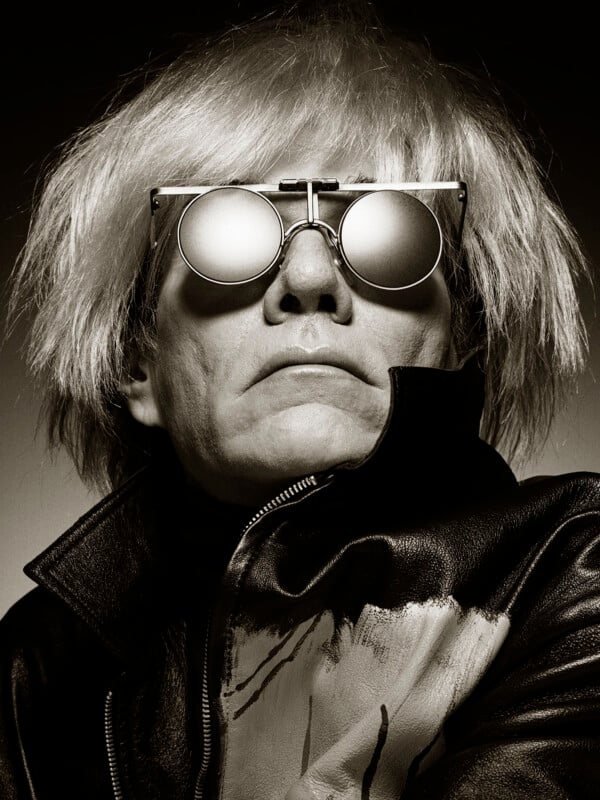
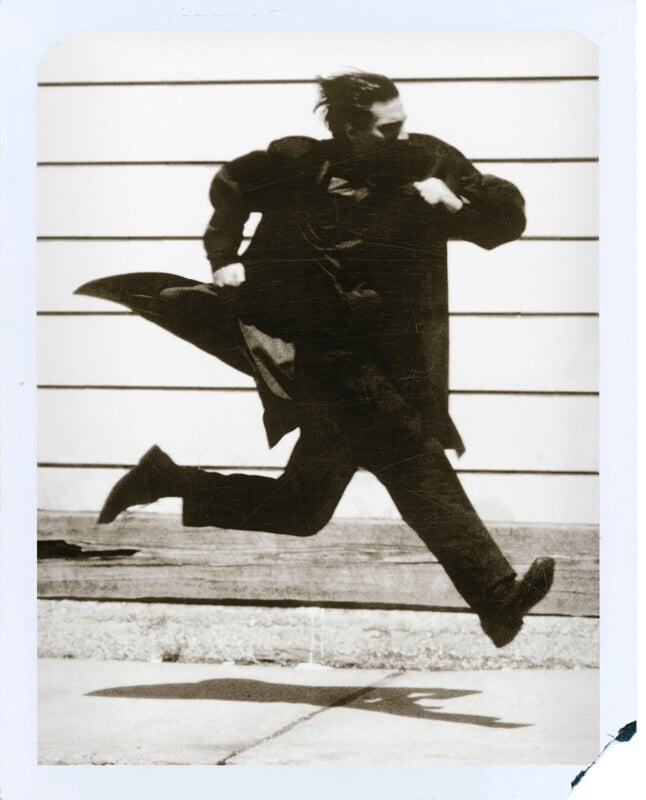
“When I was 15, I would borrow my father’s Brownie box camera and do 2 or 3 rolls of film. I think the most I ever did was six rolls of film through that camera. But then the Fujimatic 35mm, I used quite a lot.
“Between my first University and the postgraduate, I got a scholarship from IBM to tour America. I was fascinated by America and thought it would be an excellent place to start as a photographer.
“My wife got a teaching job, and I went as her dependent, and we ended up in Los Angeles. By this time, I had been in London at the Royal College for three years, and I was not what you would call a professional photographer.
“I would do some odd photography jobs for an American company. I photographed store windows at night so they could see the decoration.
“When I started doing that, I would borrow a Hasselblad, but because I was making a little money, I [soon] had my own Hasselblad.”
When Watson went digital, his first camera was the top-of-the-line Phase One, which he still uses.
“Your best weapon in your arsenal is your personality,” says Watson. “It certainly is one of the weapons, not your camera. It’s how you interact with somebody. The camera is just a cold piece of steel. It’s how you use the camera, but what you get on film is how you interact with a human being.”
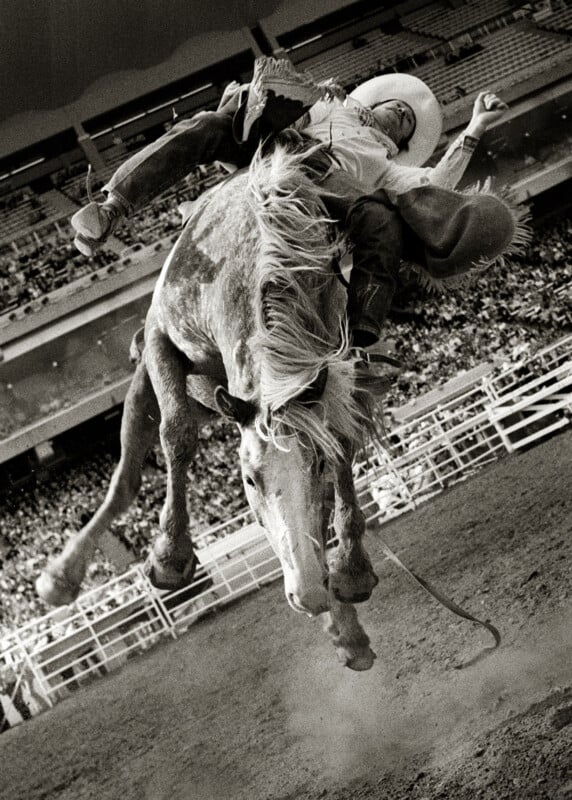
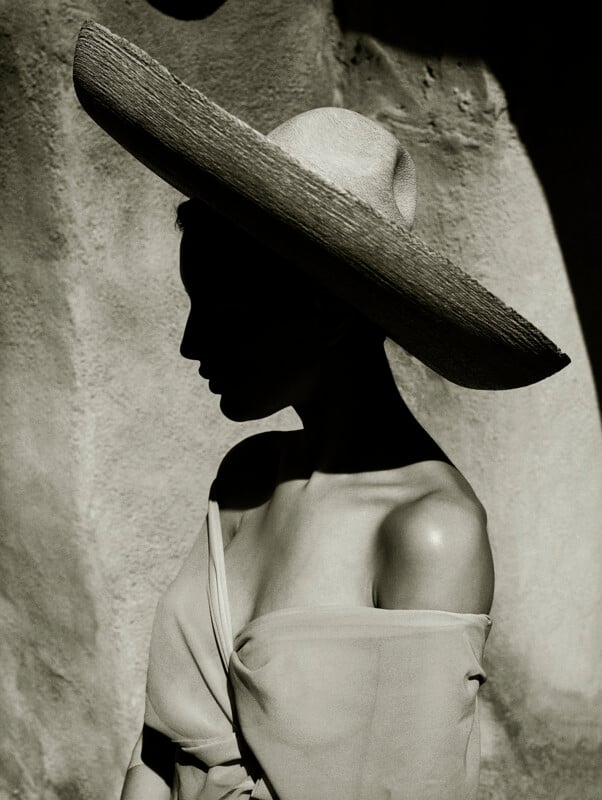
Cyclops is a book coauthored by Watson and presents a collection of iconic portraits and photographs taken from the twenty-five-year-long career of the photographer. But why the name Cyclops, a one-eyed giant, who first appears in the mythology of ancient Greece?
“Because since birth, I only had sight in my left eye. My right eye is blind, so I work with one eye,” explains Watson.
Watson is 81 years young, but will he ever retire?
“The bad news is photographers never get to retire,” adds the Scottish master photographer. “The good news is photographers never get to retire.”
You can see more of Albert Watson’s photos on his website and Instagram.
About the author: Phil Mistry is a photographer and teacher based in Atlanta, GA. He started one of the first digital camera classes in New York City at The International Center of Photography in the 90s. He was the director and teacher for Sony/Popular Photography magazine’s Digital Days Workshops. You can reach him here.
Image credits: Header image shows Albert Watson (center) © Mark Edward Harris, 2017. Steve Jobs (left) and Alfred Hitchcock (right) © Albert Watson.
